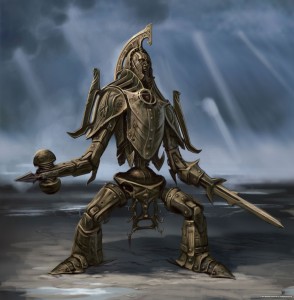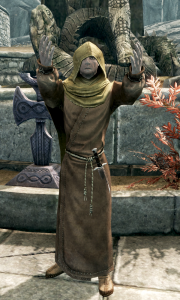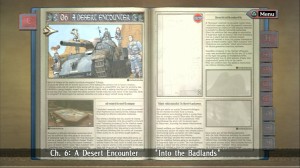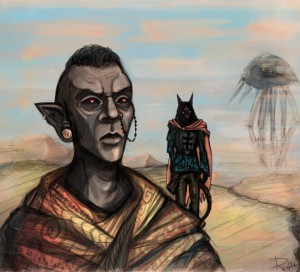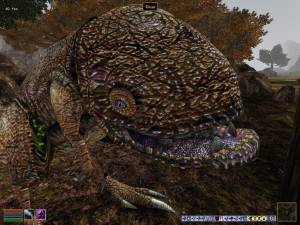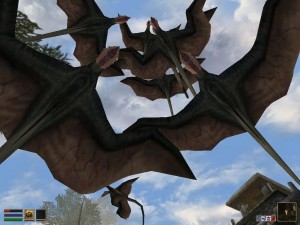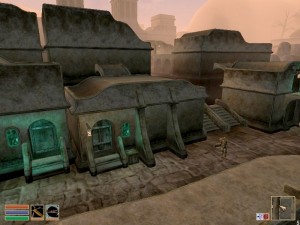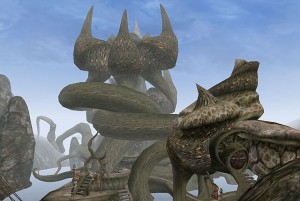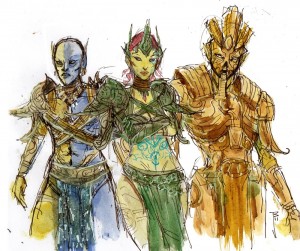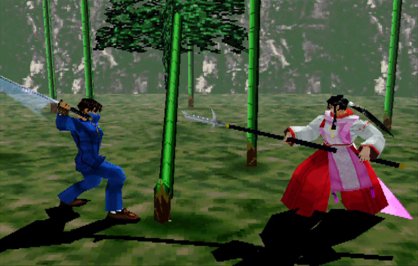Today’s guest post is a bit of an introspective one. I feel fortunate because the gaming community has been 99% wonderful to me in the many years I have spent in it, but it’s very important to see other perspectives as well, so here are some thoughts from someone with different experiences.
On Being a ‘Girl Gamer’
That’s right, you caught me; I’m a gamer, and I’m also a girl. The world of a ‘girl gamer’ is one fraught with stereotypes and misconceptions, but I’m here to assure you that I don’t just play games to impress the boys, and my game collection (totalling over two hundred titles across eight gaming platforms) contains a lot more variety than just some kids’ games and The Sims.
When I tell people I’m a gamer, I’m almost always met with doubt. When I went into my local game store to buy Grand Theft Auto V last year, the male cashier asked me if I would be more comfortable playing Mario Kart instead. He was serious.
Don’t get me wrong – I love a night of Mario Kart with my mates – but you don’t have to be a woman to get a kick out of using a mushroom power-up to speed over the finish line, just as you don’t have to be a man to enjoy speeding away from the cops or shooting up the streets in GTA.
On countless occasions I have been directed away from ‘manly’ games to more casual, ‘girly’ gaming experiences like Mario Kart, Crash Bandicoot, Spyro or Just Dance. The problem doesn’t lie in these games, each of which I enjoy in their own right; the problem lies in the idea that I am not allowed to also enjoy GTA, Call of Duty or Gears of War.
Why are some games considered ‘not suitable’ for a female audience by many of the males who play them? Is it the realistic graphics of blood and gore? The multi-faceted narratives? The course language, sexual references and drug use? All I know is that I am considered less welcome in FPS multiplayer than the twelve-year-old boys once the other players realise they’re being taken down by a girl with a gun.
Somehow this attitude seems to only exist to this extent within the gaming community. Society has had a lot more time to get used to mediums like novels and movies, and I can only assume that this is the reason nobody has ever told me to put down a Stephen King novel because its content is too horrific for my simple female mind.

I feel like we are perhaps on the cusp of a similar shift in the gaming community. Two of the most incredible game releases last year—Bioshock Infinite and The Last of Us—have taken wonderfully three-dimensional, strong female characters and placed them inside FPS games. These characters are not without their faults, with Elizabeth sometimes acting like she is merely Booker’s assistant and with the AI in The Last of Us making female characters seem rather useless at times, but these attempts to show women surviving and thriving in shoot-‘em-up environments are definitely a step in the right direction. Perhaps if we get to see virtual women holding their own in-game, the wider gaming community will realise that real women are a little bit tougher than everyone seems to think.
However, recent events, such as the Assassin’s Creed Unity debacle during E3 2014, didn’t make gamers feel particularly united. With comments that it would have taken too much work to include female multiplayer characters, it was easy to feel like an unimportant member of the franchise’s fan base. Ubisoft’s follow-up comments about striving to incorporate diversity in Assassin’s Creed games felt somewhat hollow considering their only playable female character so far has been in Assassin’s Creed: Liberation, a game originally released exclusively on the PlayStation Vita. I had hoped the game’s success, and subsequent re-release on the PlayStation Network, Xbox Live Arcade and Steam, would have encouraged further inclusion of female characters in future instalments, but this doesn’t seem to be the case.
This situation demonstrated an obvious step backwards by a developer regarding the ongoing endeavour to represent women as capable, strong characters in action games, but there was comfort in the consequential uproar from gamers of all genders. The reaction suggested that diverse representation—not just of gender, but of all facets of human varience—is something that at least some members of the gaming community are striving for and will fight for.
Today’s post was brought to you by writer Alayna Cole, who can also be found on twitter at @AlaynaMCole.

